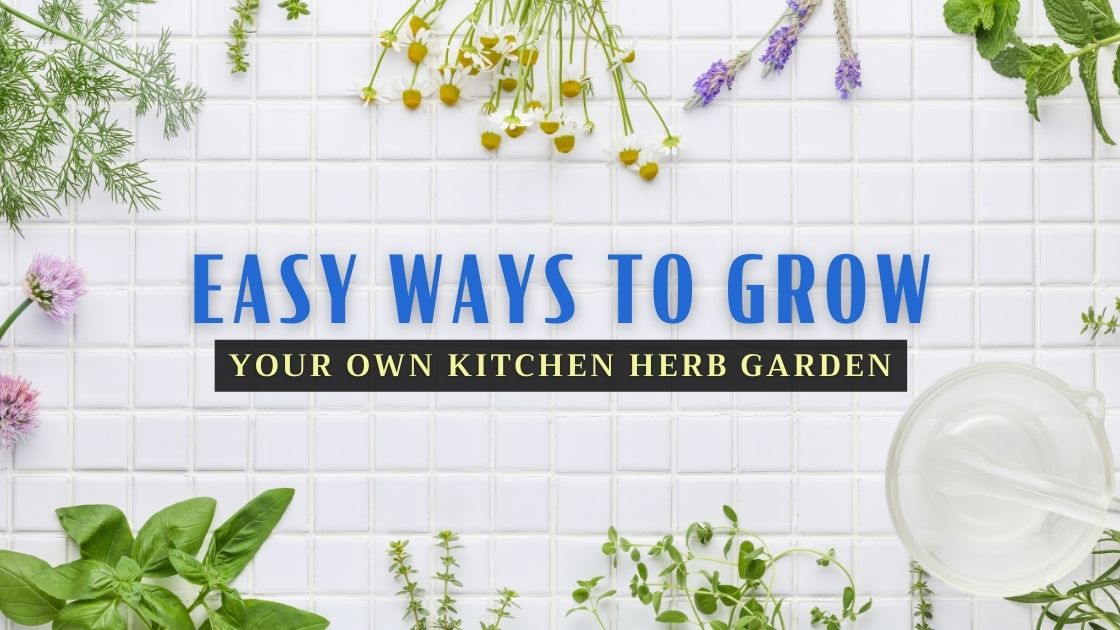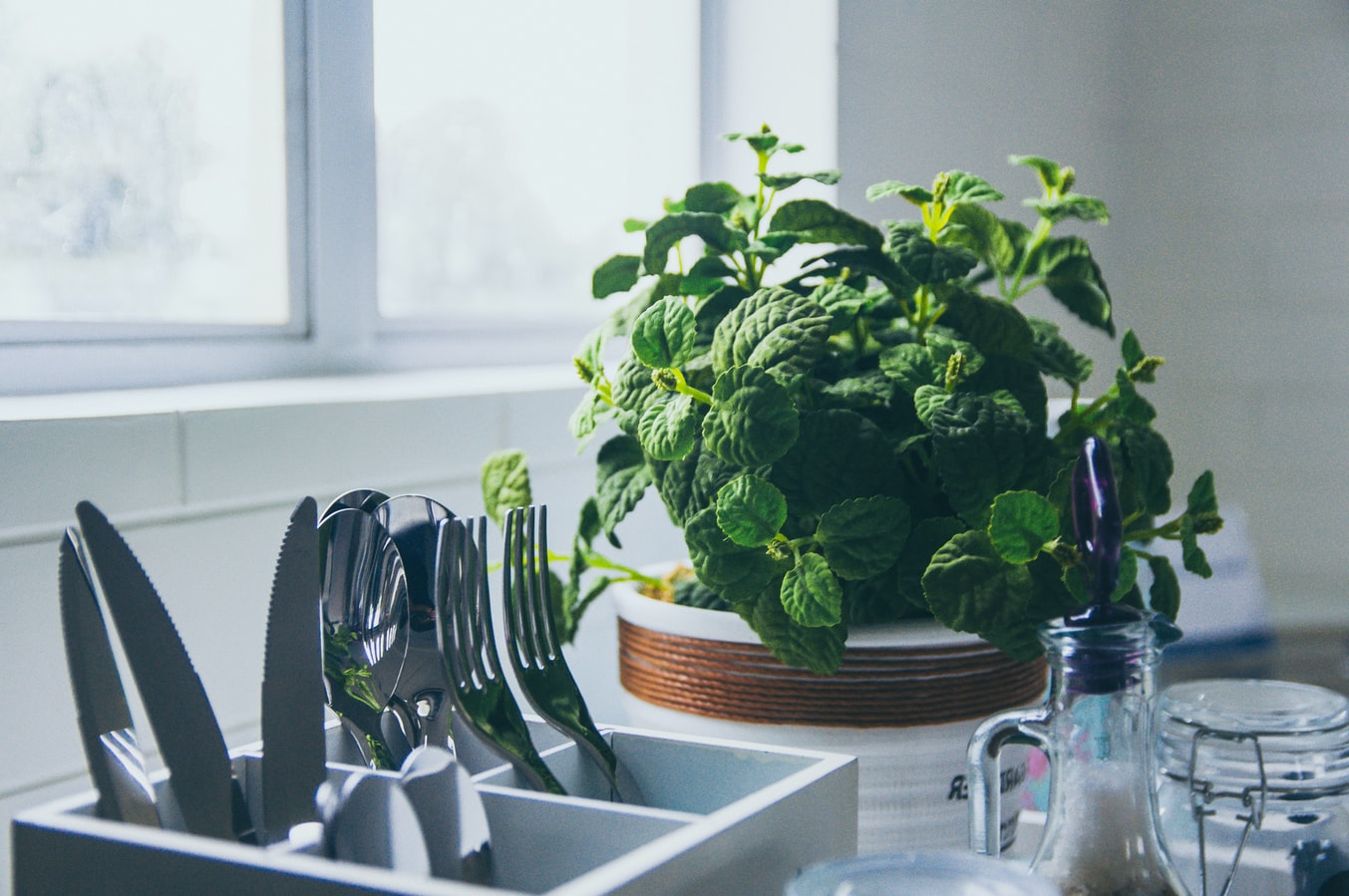
How To Grow A Kitchen Herb Garden
Gardening is good for the soul! During the Covid-19 pandemic, many of us are trapped inside our house. We looked for something that will take extra care of our mental health. Thus, we found gardening as the cheapest form of therapy and the most affordable way to get fresh organic amidst the lock down. The "World Food Day" on October 16th invites us to look at the ways on food impacts our lives and how our decisions about food impact the planet. The 2020 theme is "Grow, Nourish, Sustain, Together."

This day has inspired me to realize the real benefits of gardening and the idea of planting our food. This practice is exceptionally sustainable, tasty, fun and nourishing to our soul. Gardening is great for our wallets as well. There’s no negative effect when you put much of your attention in planting. Why not make your kitchen more beautiful? or make your cooking more vibrant with a fresh herb garden? I’ve cut down more plants than I care to admit, but I’ve learned that the key to gardening is starting small and working your way up. You might not be able to grow roses yet, but anyone can grow a herb garden! Here’s how:
GROW
First step: Choose your herbs!
If you’re a bit of a chef in the kitchen, it makes sense to go with the herbs you incorporate most in your cooking. If you’re creating the garden for aesthetics, lavender adds such a beautiful aroma and flower to your kitchen. Or, if you’re a total newbie and looking for the most comfortable option, perennial herbs such as rosemary, oregano, thyme, chives, bay laurel and mint are easiest to grow.
Most herbs thrive being in individual pots with excellent drainage. The majority of herbs love the sun too! At least 6 hours of sunlight a day is recommended especially for Mediterranean herbs. Some of these are rosemary and lavender. I am lucky enough to have a sunlight-filled kitchen that is perfect for my herb babies. If you don’t have, look for a windowsill or other spots throughout your house that receives direct sunlight. If you’re planning on housing your herbs outside or on a veranda, make sure they’re sheltered from too much exposure to the elements.

NOURISH
Start with a good quality potting mix (lighter than potting soil). Get organic soil without all the nasties, so you know you’re nourishing your plants and your body when planting them. Getting a natural organic fertilizer is going to feed your herbs. It helps ensure their survival too (no one wants to deal with the guilt of killing any more plants). Different fertilizers have different usage instructions, but a good reference is every two weeks!
In terms of hydration, a common mistake is overwatering. We love our plants so much that we want to take the best care of them, but we often drown them like a smothering mother. Little plants need a small amount of water and most herbs like their soil on the dryer side. To test when your plant needs water, put your finger in the soil. If it’s dry, it’s time to water them. Usually, every other day is a good estimate to water your plants.
SUSTAIN
To sustain your herbs, you need to cut them back to produce more growth. Once three sets of leaves develop on the same stem or when they are 15-20cm tall, it’s time for a hair cut. In the gardening community, “pinching” is the term used to remove the top part of the stems. So, pinch back about 5cm from the tallest part of the herbs every couple of weeks or when they reach the above criteria. If you’ve planted basil and or oregano, remove the flower stems as soon as they appear on the plant. This flowering causes the herbs to complete their annual life cycle, so they no longer produce tasty foliage.
TOGETHER
Harvest the leafy herbs such as mint, basil & coriander regularly to encourage growth. This also delays flowering of the herbs, but most importantly, this gives us an excellent time to look forward to.
Did you know that you can reproduce herbs too? All you need to do is make an angler cut about 15cm down the stem. Make a few cuttings to ensure you’ll get one that sprouts roots. Remove all the leaves off the stem, excluding a couple at the top. Then, put the cuttings in glasses of water. Place the glass in a warm, sunlit place, making sure no leaves are submerged in the water — only the stem. Change the water every couple of days to prevent bacteria growth and wait for the roots to grow! After a couple of weeks, they should be about 3-5cm long and ready to plant into soil!





Leave a Reply
1 comments
Add comment ×